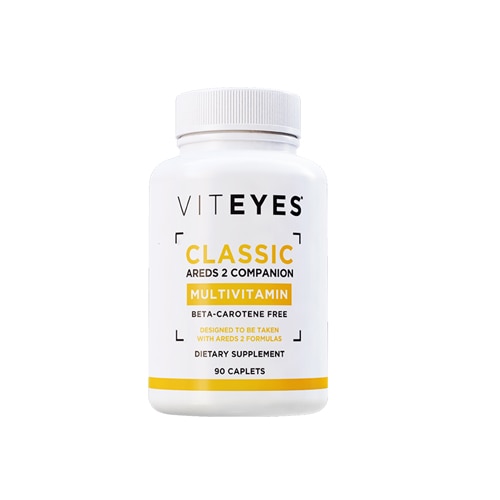Can staring into a deep red light actually
improve your vision? A new study raises that intriguing possibility.
Researchers at University College London asked two dozen participants to take a small LED home and to spend three minutes a day staring at a deep red light beam. Participants did this for two weeks.

At the end of the test period, participants were tested for the sensitivity of their:
- Rods, which provide peripheral vision and adapt vision in low light
- Cones, which mediate color vision
Younger participants appeared to gain no benefit from the regimen. But people over 40 saw significant improvements, particularly in their ability to detect colors.
Researchers believe staring at the light helps recharge the energy system that has declined in the retina cells of older people.
The study results are exciting, says Dr. Kelly Muir, associate professor of ophthalmology at the Duke Eye Center and a volunteer member of the Prevent Blindness Scientific Advisory Committee.
However, she notes that the study sample was small in size, and did not include a control group. Muir also stresses that staring into the wrong type of light can actually put your eyes at risk for damage.
"Looking at lights of other wavelengths for a different duration could be very harmful to the eyes," she says. "So, patients should talk to their eye doctors before trying this."
How to protect your eyes
While the red-light test offers new hope for people with age-related vision decline, it is not the only way you can protect your vision. August is National Eye Exam Month, a great time to get checked by a doctor if your vision is vulnerable.
Not everybody needs regular eye exams. But millions of us should have our eyes checked every couple of years -- or in some cases, more often.
Anyone experiencing decreased vision or other eye-related symptoms should see an eye doctor, Muir says. So should those who have a condition such as diabetes that predisposes them to eye disease.
Muir also says anyone 40 or older should have a baseline eye exam, even if they never have had eye problems.
"This is particularly important for people with a family history of eye disease such as glaucoma or macular degeneration," she says.
If you have no risk factors, the American Academy of Ophthalmology recommends the following exam schedule:
- Under age 40: Every five to 10 years
- 40 – 54: Every two to four years
- 55 – 64: Every one to three years
- 65 or older: Every one to two years
The need for follow-up exams depends on the findings of the initial exam. But as a general rule, you should be checked at least once a year if you have diabetes, Muir says.
There is great danger in simply skipping eye exams until you have symptoms.
"Disease such as glaucoma and diabetic retinopathy can sneak up on us and cause irreversible vision loss before we are aware of ocular symptoms," Muir says.
If a doctor catches these conditions early, you can get treatment that will reduce the risk of vision loss.
How to prevent vision problems
Good behaviors that
keep the rest of your body healthy also can aid your eyes.
"Many of the healthy behaviors that reduce your risk of heart disease and stroke will reduce your risk of eye disease as well," she says.
They include:
Muir also recommends avoiding activities with a high risk of eye injury, and protecting your eyes by always wearing safety glasses when such activities cannot be avoided.
For more about protecting your vision, check out the
Prevent Blindness website.
Featured products:


 At the end of the test period, participants were tested for the sensitivity of their:
At the end of the test period, participants were tested for the sensitivity of their:






